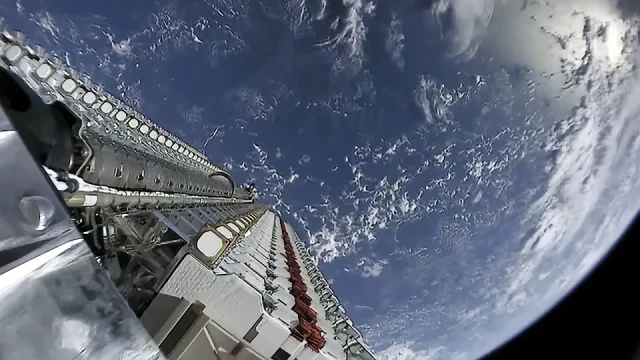Elon Musk has indeed announced a major initiative via his company SpaceX, involving the Starlink satellite network. This initiative includes a free feature: emergency connectivity for mobile phones, even in the most remote places on Earth.
Elon Musk is launching a life-saving new feature through his satellite internet service, Starlink. The initiative, called Starlink Direct-to-Cell, will let smartphones connect directly to satellites—no signal tower needed.
📶 What’s the big news?
Starlink will provide free emergency calling & texting for anyone, anywhere on Earth—even in the most remote or disaster-struck areas.
📱✅ No app. No extra device. Just your phone.
“No one should die because they forgot or couldn’t pay,” Musk said.
📡 What Is the New Starlink Feature?
The new service is called:
🌐 Starlink Direct-to-Cell
It uses low-Earth orbit satellites to connect directly to standard 4G smartphones—no special hardware required.
Initially, it will allow text messaging by late 2024, with voice and mobile data expected in 2025.
The free part of the service is emergency calling and messaging, globally accessible—pending government approvals.
🆓 Free Emergency Service for Everyone
Elon Musk said in a tweet:
“SpaceX Starlink will provide free access to emergency services for mobile phones in distress, available worldwide, pending government approval.”
He emphasized that no one should die because they couldn’t afford to call for help.
This means:
If you’re lost, injured, or in danger with no cell signal, your phone could still connect via satellite to emergency services for free.
It’s similar to Apple’s Emergency SOS via Satellite, but built into regular mobile networks and available to all phones, not just premium models.
What’s Next for Starlink?
For now, SpaceX has not disclosed the pricing for the mobile network under Starlink Direct-to-Cell, but given Musk’s track record, it’s likely that the free emergency calling service will be a vital component of the offering. Given that the deployment of the necessary satellites only began recently, patience will be key for those eagerly awaiting this life-saving technology.
Stay tuned, as this initiative could change the way we think about connectivity—and save lives in the process.


















